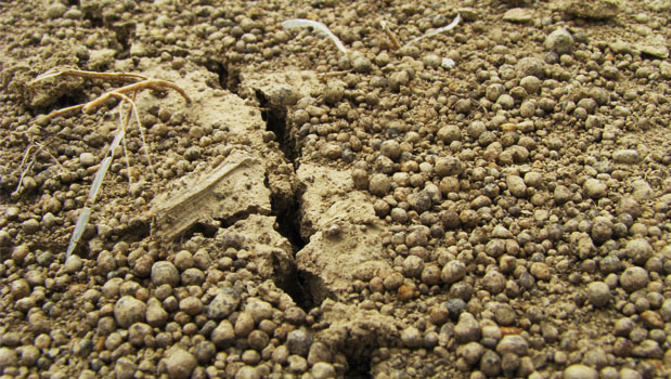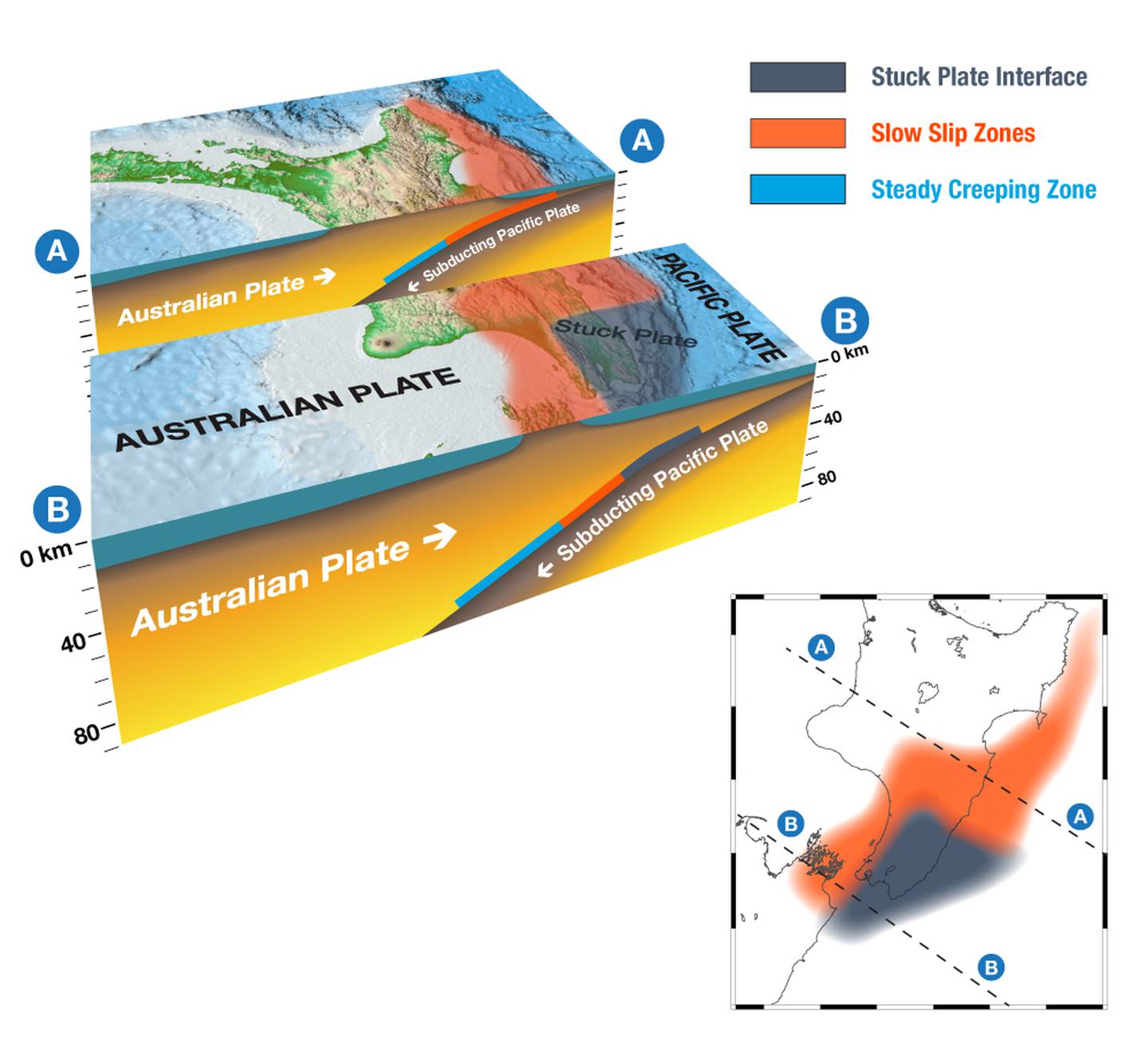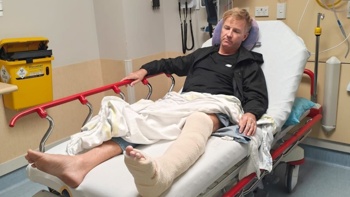
Mysterious, slow-burning earthquakes that have been implicated in major tsunamis may also be having a hidden influence on New Zealand's volcanic activity.
In the two decades since they were first observed, "slow-slip" earthquakes - capable of driving displacement along faults without ever being detected - have come under growing focus by scientists.
In the wake of Japan's devastating Tohuku earthquake and tsunami in 2011, scientists trawled through data from thousands of quakes in the region to find one of these deep-seated, almost imperceptible events may have played a part.
Other studies have tied these slow-slip episodes to two big quakes in Chile and Mexico in 2014 – although the vast majority play out without directly causing cataclysms.
While offshore slow-slip events within our largest geological threat, the Hikurangi Subduction Zone, have received much attention, a new study is exploring whether they may also be able to influence volcanic eruptions.
Its leader, Victoria University volcano seismologist Dr Finn Illsley-Kemp, said scientists have long suggested a link between large earthquakes and volcanic activity.
"Slow-slip earthquakes release the same amount of energy as these large earthquakes, but spread out over a longer amount of time, so we don't feel them," he said.
"However, in theory the energy release from them could affect volcanoes in much the same way that a large earthquake would.
"Often, the initial trigger which causes volcanic unrest or eruption is a mystery, and they could be acting as one of these triggers."

Slow-slip events are known to be relatively common features of the Hikurangi Subduction Zone - a largely offshore margin where the Pacific Plate dives - or subducts - westward beneath the North Island. Specifically, they tend to happen within areas where the subduction zone is transitioning from being "stuck" beneath the southern North Island, to an area where the subduction zone is "creeping" further north, around Gisborne and Hawke's Bay. Source / GNS Science
The first step in his team's study, just awarded a $360,000 Marsden Fund grant, was to understand all the volcanic activity that had occurred in New Zealand over the past decade - including "unrest" events that never led to an eruption.
That will involve building a highly-detailed and accurate catalogue of tens of thousands of earthquakes – and an "awful lot of data crunching" from the GeoNet seismometer network – to pin-point those quakes that co-incided with volcanic unrest.
Next, they will draw on numerical models which simulate the tectonic plates beneath New Zealand to estimate the stresses that slow-slip earthquakes cause at these volcanoes.
"In an ideal world we would see that these match up perfectly, and that the stress caused by a slow slip earthquake is immediately followed by volcanic unrest," Illsley-Kemp said.
"However, nature is rarely this straightforward and it's quite likely that there would be a time-lag between a slow-slip earthquake-induced stress and volcanic unrest."
Fortunately, he added, UK-based members of the team happened to be experts in finding patterns in complex datasets, and would use machine-learning statistics to analyse the datasets his team created.
For Illsley-Kemp, whose work has revealed how Taupō's resident supervolcano recently had its shakiest year in decades, the possible volcanic link to slow-slip was "tantalising".
"For example, the unrest at Taupō in 2019 occurred at the same time as a large slow-slip event off the East coast and we can see from GPS measurements that the ground around Taupō moved in response to that slow-slip event," he said.
"So we really want to investigate this possible connection at all volcanoes in New Zealand."
If a link could be proven, it could cause a rethink.
"Often, volcanoes are treated as isolated systems, but in fact they lie within a larger and very active tectonic setting," he said.
"Our work could show that to truly understand them they need to be studied more holistically."
There could also be big implications for natural hazard management.
"Firstly, the new earthquake catalogue we'll produce will really improve our understanding of volcanic activity in New Zealand, and how to differentiate whether an earthquake is related to volcanic activity or tectonics."
That would be beneficial to measures like the volcanic alert levels GeoNet uses to classify risk.
"Potentially more significantly, if we determine that volcanic activity can be triggered by a slow-slip earthquake, it is highly plausible that a large Hikurangi subduction zone earthquake could trigger an eruption, and there is some geological evidence that this may have happened in the past," he said.
"This double-hazard scenario would be very difficult to manage but may be the kind of scenario that needs to be planned for."
Take your Radio, Podcasts and Music with you









